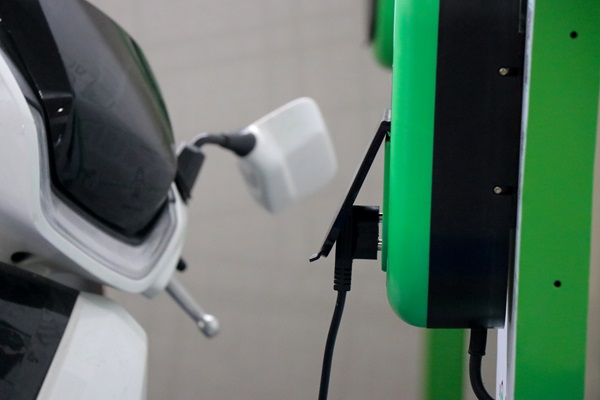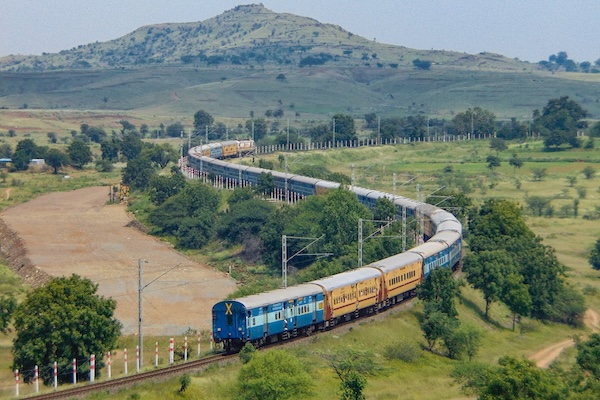.png)

Dev Chandrasekhar advises corporates on big picture narratives relating to strategy, markets, and policy.
April 8, 2025 at 12:35 PM IST
In the frenetic race to deliver groceries, medicines, and everyday essentials within minutes, India's quick commerce companies have inadvertently become the most powerful catalyst for our electric vehicle revolution. What started as a cost-cutting measure has evolved into a transformative partnership that deserves closer attention from policymakers, investors, and environmentalists alike.
While this growth spans both consumer and commercial segments, fleet operators are driving a significant portion—particularly quick commerce platforms that have convinced themselves of the economics of electric mobility.
It's a rare alignment of commercial interests and environmental goals that doesn't require heavy-handed regulation or massive subsidies to flourish.
Fleet Deployment at Scale
These major quick commerce players have deployed over 75,000 electric two-wheelers in urban India. This commercial adoption is a significant driver behind the recent 24% jump in overall EV two-wheeler sales reported following the latest Budget announcements.
This scale has accomplished what years of government incentives couldn't achieve: forcing manufacturers to develop purpose-built electric two-wheelers optimised for intensive urban use.
Companies like Ola Electric, Ather, and TVS are now approaching the market with dual strategies—developing models for both individual commuters and commercial fleets, with the latter serving as a reliable source of large-volume orders. These models represent a new category of EVs designed specifically for commercial operations, with enhanced cargo capacity, reinforced suspensions, and fleet-management technologies.
Companies like Log9 Materials and Exicom are developing advanced battery management systems specifically for delivery-use customers. To improve charging infrastructure, the likes of Kazam and CHARGE+ZONE are pioneering hub-and-spoke charging networks.
Infrastructure and Financing Innovations
Quick commerce companies have solved the chicken-and-egg problem that has plagued EV adoption. When a quick commerce provider signs, say, a purchase agreement for 10,000 electric scooters, it creates the critical mass needed to make charging infrastructure economically viable, maintenance networks profitable, and financing models sustainable.
The financing innovation alone is worth examining. Traditional banks have hesitated to finance electric vehicles due to uncertainty about battery longevity and resale value. But quick commerce fleets' scale and predictable usage patterns have created new financing models.
These innovations reduce upfront costs by 30-45% compared to traditional financing models.
Influence on First-time Buyers
The implications are profound for a country with the world's largest two-wheeler market. While fleet operators like quick commerce companies were early adopters, their visibility on city streets now influences individual consumer choices. First-time EV buyers increasingly cite their positive experiences with quick commerce deliveries as a factor in their purchase decisions.
Policy Cues
The trend can provide cues for policymakers. They could choose to focus on targeted interventions, over blanket subsidies, that amplify the existing synergy. Some areas that can be considered are prioritising commercial EV fleets in urban planning, standardising battery swapping protocols, and ensuring electricity pricing that encourages off-peak charging.
The synergy between quick commerce and electric two-wheelers demonstrates that sustainability transitions can be driven by market forces when the conditions are right. It's a powerful reminder that sometimes the most effective green policies aren't environmental policies at all, but frameworks that allow business interests and sustainability goals to naturally align.
Quick commerce isn't just changing how India shops – it's accelerating our transition to a cleaner, quieter urban transportation future by creating a real-world demonstration effect at scale. And that might be the most valuable 10-minute delivery of all. ends




